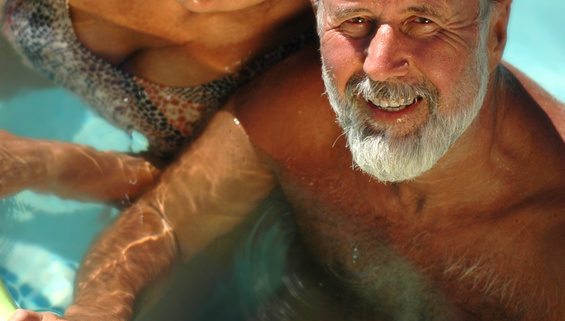5 Things You May Not Know About Varicose Veins and Spider Veins
1. Abnormal veins can continue to develop over a period of years. While current treatments for varicose veins and spider veins – including Phlebectomy and Sclerotherapy – have very high success rates compared to traditional surgical treatments. However, if you suffer from weak vein valves, more abnormal veins can develop over a period of years. Ongoing treatment can help keep this problem under control.
2. Eating a low-salt diet rich in high-fiber foods can help prevent varicose and spider veins. Eating fiber reduces the chances of constipation, which can contribute to varicose veins. High-fiber foods include fresh fruits and vegetables and whole grains, like bran. Eating less salt can help with the swelling that comes with varicose veins.
3. Sun exposure can increase your risk for spider veins on the cheeks or nose of fair-skinned people. Wear sunscreen to protect your skin from the sun and to limit spider veins on the face.
4. Varicose veins and spider veins can be dangerous. While rarely a serious health problem, varicose veins and spider veins can be an indication of and/or lead to more serious health problems. These include:
- Sores or skin ulcers due to chronic (long-term) backing up of blood. These sores or ulcers are painful and hard to heal. Sometimes they cannot heal until the backward blood flow in the vein is repaired.
- Bleeding. The skin over the veins becomes thin and easily injured. When an injury occurs, there can be significant blood loss.
- Superficial thrombophlebitis (throm-bo-fli-BYT-uhs), which is a blood clot that forms in a vein just below the skin. Symptoms include skin redness; a firm, tender, warm vein; and sometimes pain and swelling.
- Deep vein thrombosis, which is a blood clot in a deeper vein. It can cause a “pulling” feeling in the calf, pain, warmth, redness, and swelling. However, sometimes it causes no significant symptoms. If the blood clot travels to the lungs, it can be fatal.
5. The pressure of body weight is the reason most varicose and spider veins appear in the legs. Additional factors include the force of gravity, and task of carrying blood from the bottom of the body up to the heart. Compared with other veins in the body, leg veins have the toughest job of carrying blood back to the heart. They endure the most pressure. This pressure can be stronger than the one-way valves in the veins. Exercise and controlling your weight are important factors that can reduce your risk of getting new varicose and spider veins.



